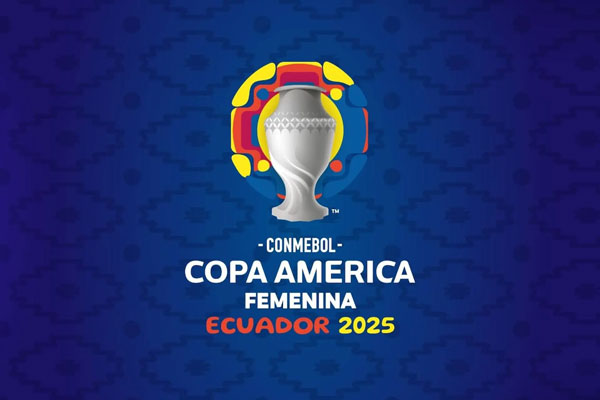
Imagine stepping onto the same field where your childhood idols once played — brushing the grass with your fingertips, running from corner to corner, the echoes of cheering fans still fresh in your memory. Now, it’s your moment — the one you’ve trained for your entire life.
But just minutes before the first match of the season, reality hits. Instead of warming up on the field, you and your team are crammed into a 15-square-meter room, sharing space with your rivals — all because organizers want to “preserve the grass.”
For the Brazilian national team, eventual champions of the 2025 Copa América Femenina, this wasn’t a hypothetical. It was the situation they faced on day one of training in Quito. Far from professional, the conditions were unacceptable. The team spoke out, warning that this level of neglect could directly impact their performance.
Unfortunately, this is not an isolated case. Colombian midfielder Gabriela Huertas reflected on how this same pattern has played out year after year, not only at the national level but in club soccer as well.
“Not only at the national team level, but also at the club level, we don’t get a full coaching staff or the same opportunities that men’s soccer has,” she said.
Huertas recalled how the previous year’s Copa Libertadores mirrored the same failures — teams assigned to train on subpar fields, far from suitable for professional athletes competing in a major international tournament.
“The logistics around transportation, scheduling, and the false promises these organizations have made over the past 10 years still fall short in 2025,” she said.
Beyond facilities and planning, the absence of video assistant referee, or VAR, during the group stages sparked further criticism. Huertas didn’t hold back.
“VAR still isn’t given the importance it deserves in women’s soccer. If football wanted to be fair, VAR would either be removed from all tournaments or used in all of them,” she said.
She even questioned the fairness of the final outcome, suggesting that if VAR had been present from the start, “perhaps the teams in the final wouldn’t have made it there.”
Once again, women’s soccer has been forced to fight for the bare minimum — fair play, equal treatment and basic respect. As long as promises are broken and priorities remain misplaced, these athletes will continue stepping onto uneven fields — not just literally, but figuratively as well.
“It’s not just about strengthening professional women’s soccer, but also about investing in national under-20 and under-17 tournaments to encourage the sport from a young age, especially among girls in Latin America,” Huertas said. “Increasing visibility through televised media is also key to making women’s soccer more profitable and sustainable.”



.svg)